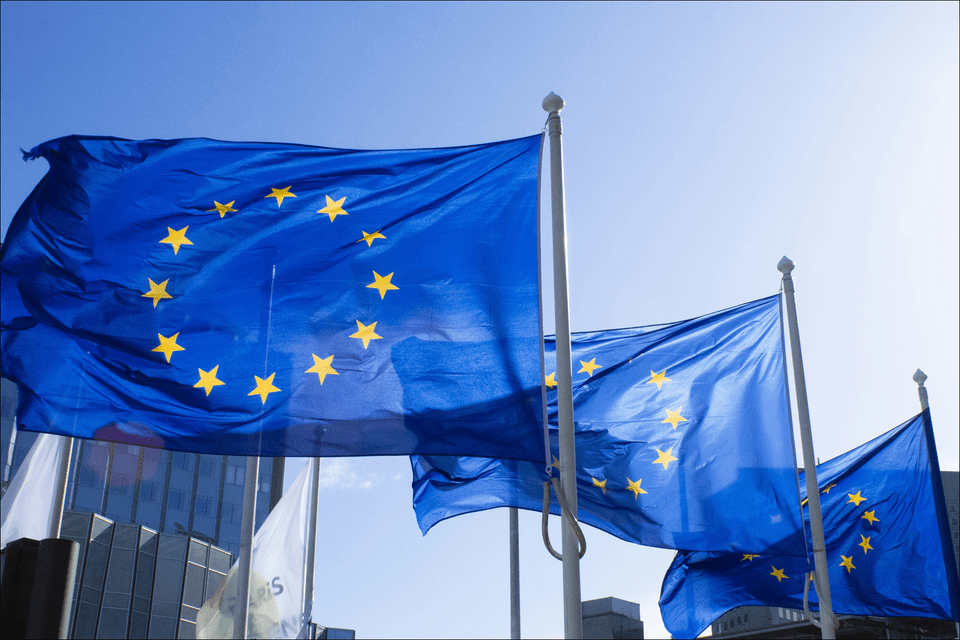Unlocking the potential of instant payments in the EU
27 / 04 / 2023
The European Commission’s instant payments proposal unlocks a wealth of new possibilities for businesses, merchants & consumers, but, as Wolf Kunisch explains, true success requires regulatory intervention, new business models, and adaptations from stakeholders.

Since their introduction in Europe in 2017, instant payments have experienced relatively slow levels of adoption. The proposed regulation from the European Commission requires all institutions that offer regular credit transfers to also offer instant payments at no extra cost.
The government’s new proposal will accelerate the shift from today’s ‘batch’ credit transfers to instant credit transfers across the EU. However, to reap the benefits from this, including an increase in account-based payments for consumers and merchants and a decrease in working capital requirements for professionals and companies, more needs to be done.
Access to infrastructure needs to be extended
The biggest share of consumer payments to merchants in Europe is handled by Payment Institutions and Electronic Money Institutions, created by the regulator for this purpose. However, they are not included as eligible institutions that can fully exchange and settle credit transfers today. These eligible institutions are defined by an old piece of legislation, the Settlement Finality Directive, from 1998, a time when PI and EMI did not exist.
To ensure a successful introduction and uptake of new payment methods based on instant payments, the scope of the Settlement Finality Directive must be extended to include these institutions.
A promising optimisation potential for B2B market
Enabling B2B payments to be completed within seconds, instant payments can strongly contribute to liquidity optimisation for merchants and corporates resulting in better cash visibility and more efficient cash management. By using instant payments and request-to-pay, businesses can lower their transaction and working capital costs through a reduced settlement lag and smoother reconciliation process. When combined with Open Banking-enabled account-to-account payments, merchants can easily and securely receive their funds instantly with no chargeback issues.
To realize the benefits of instant payments, banks must offer improved capture and reporting services, and corporates must update their payment and treasury management systems. This involves the use of end-to-end reference for reconciliation purposes (relying on a request-to-pay scheme) and the recording of timestamps at every step of the payment value chain.
In addition to the domestic implementation in Europe, banks face the additional challenge of adopting instant payments globally, in order to stay ahead of new entrants from different areas like B2C or remittance markets that are now targeting the lucrative B2B market.
A catalyst for new retail payment methods
Instant payments should not be seen merely as an improvement of the existing infrastructure, but rather as a catalyst for new retail payment methods.
Payment schemes should be developed and operated by private initiatives, such as iDeal or the more recent EPI rather than by public authorities. A new retail payment method can only have sustainable success if there is a good alignment of cost and benefits for all participants. The examples of UPI in India and PIX in Brazil illustrate this point well. UPI is considered a public good, prohibiting operators from charging fees to merchants or consumers. As a result, UPI which started in 2016, today only has 23% of transactions for non-P2P, whereas PIX, which allows PSPs to charge market-based fees to merchants and consumers (above a certain threshold) already has 63%, although started four years later in 2020.
Efficient reconciliation processes are critical in the context of instant payments. For example, when a merchant receives hundreds or thousands of payments, administration and reconciliation is challenging. Hence, there should be a mechanism in place to ensure a proper reconciliation can occur, such as an acquirer in between who collects the funds and provides a combined settlement and reporting.
Instant payments should become the new normal
The current legislative proposal has great potential to foster innovation, competition, and efficiency in the European payment market. However, this potential can only be fully realized if all stakeholders take the necessary steps to seize the opportunities provided by this new payment infrastructure for the 21st century.
Certainly, instant payments should become the ‘new normal’. Instead of wondering why payments should not be instant and available 24/7, we should ask ourselves why they should not be. That is certainly what my teenage children would ask me!

Wolf Kunisch
Did you find this story valuable? Subscribe to our newsletter and receive new content directly to your mailbox
Related articles
-

-

-
Consumer Finance: The Transformative Impact of Open Banking & Open Finance
Learn more -

Elevating Service Efficiency: Boscolo Hôtels & SPAS Group's transformation with Worldline’s Integrated Payment Systems.
-
Will digital currencies take over the world?
-

-
Worldline partners with Visa Acceptance Solutions to deliver data-driven fraud management solution
Learn more -
Learn how NFC payments empower your business











